- Excellent overall performance
- Fair

5
·
Average


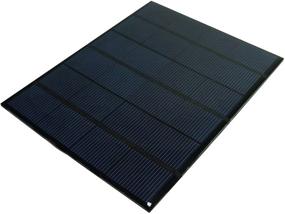
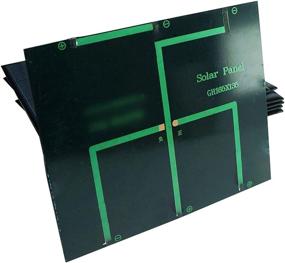
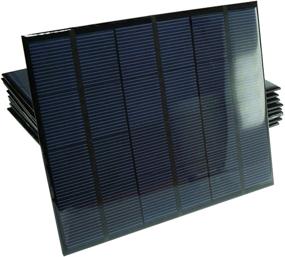
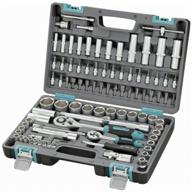
Bit and socket set Stels Tool set, 1/2", 1/4", CrV, plastic case 94 pcs, Stels, 94 pcs, black

46 Review
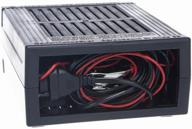
Charger Vympel 57 black

110 Review
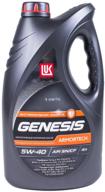
Engine oil Lukoil GENESIS ARMORTECH 5W-40, SN/CF, synthetic 4l (3148675)original

75 Review
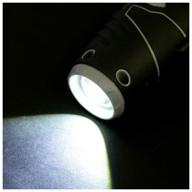
Rechargeable screwdriver OA-3,6F (433.0.2.00), 3.6 V, 1.3 Ah Li-ion, blister

46 Review

70mai Jump Starter Max Midrive PS06 black

37 Review
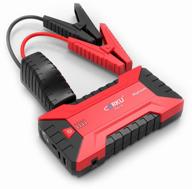
CARKU Pro-10 black/red

91 Review

Charger Vympel 57 black

110 Review
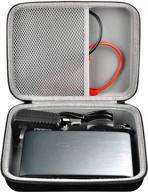
Case Compatible With Halo Bolt Portable Car Battery Jump Starter 58830/44400/57720 MWh Charger. Power Bank Holder For Halo Power Station 100/For AC Outlet.(Not Fits For Halo Bolt Air, Box Only)

24 Review
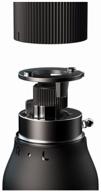
Reversible Mi 16-in-1 Ratchet Screwdriver

21 Review

Bit and socket set Stels Tool set, 1/2", 1/4", CrV, plastic case 94 pcs, Stels, 94 pcs, black

46 Review
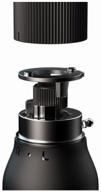
Xiaomi Mijia Ratchet Screwdriver 16 in 1 Screwdriver with Interchangeable Bits, 10 pcs, Black

22 Review
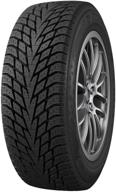
Cordiant Winter Drive 2 255/55 R18 109T

33 Review